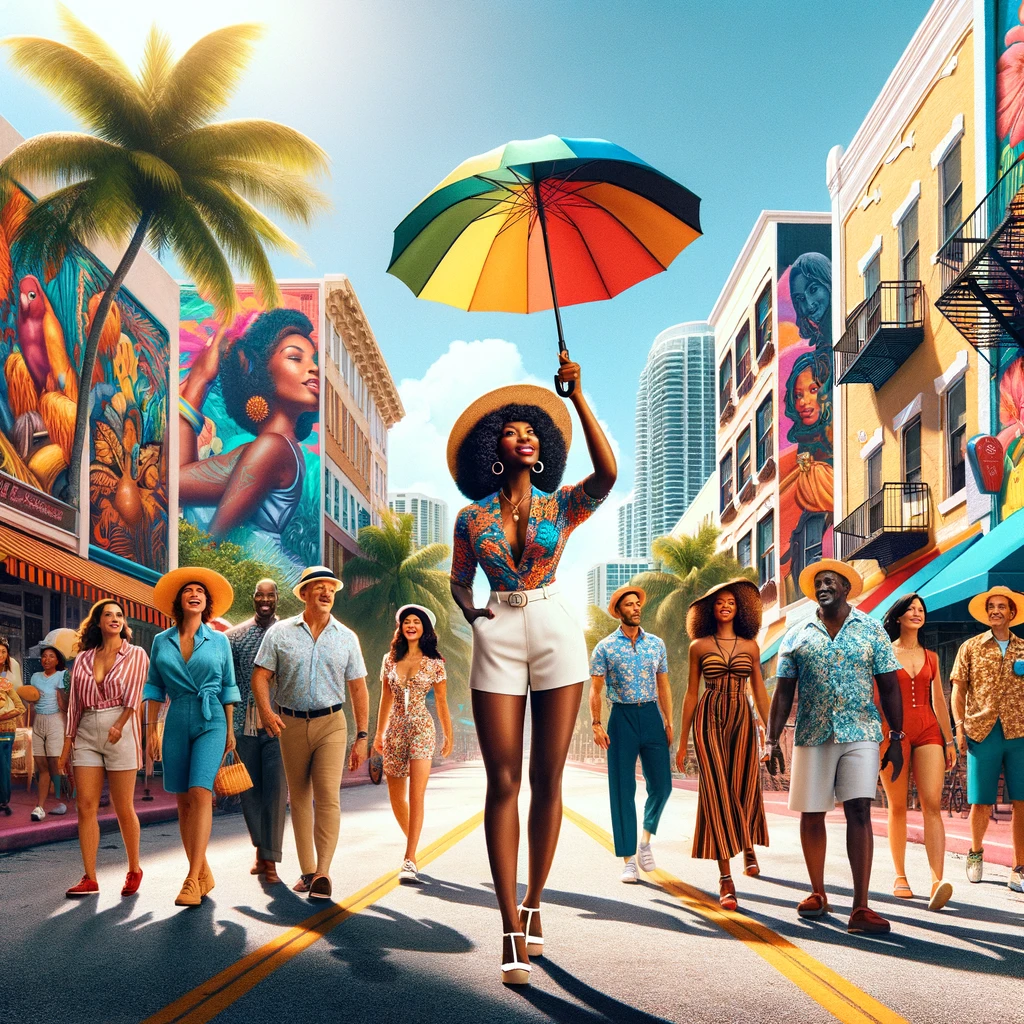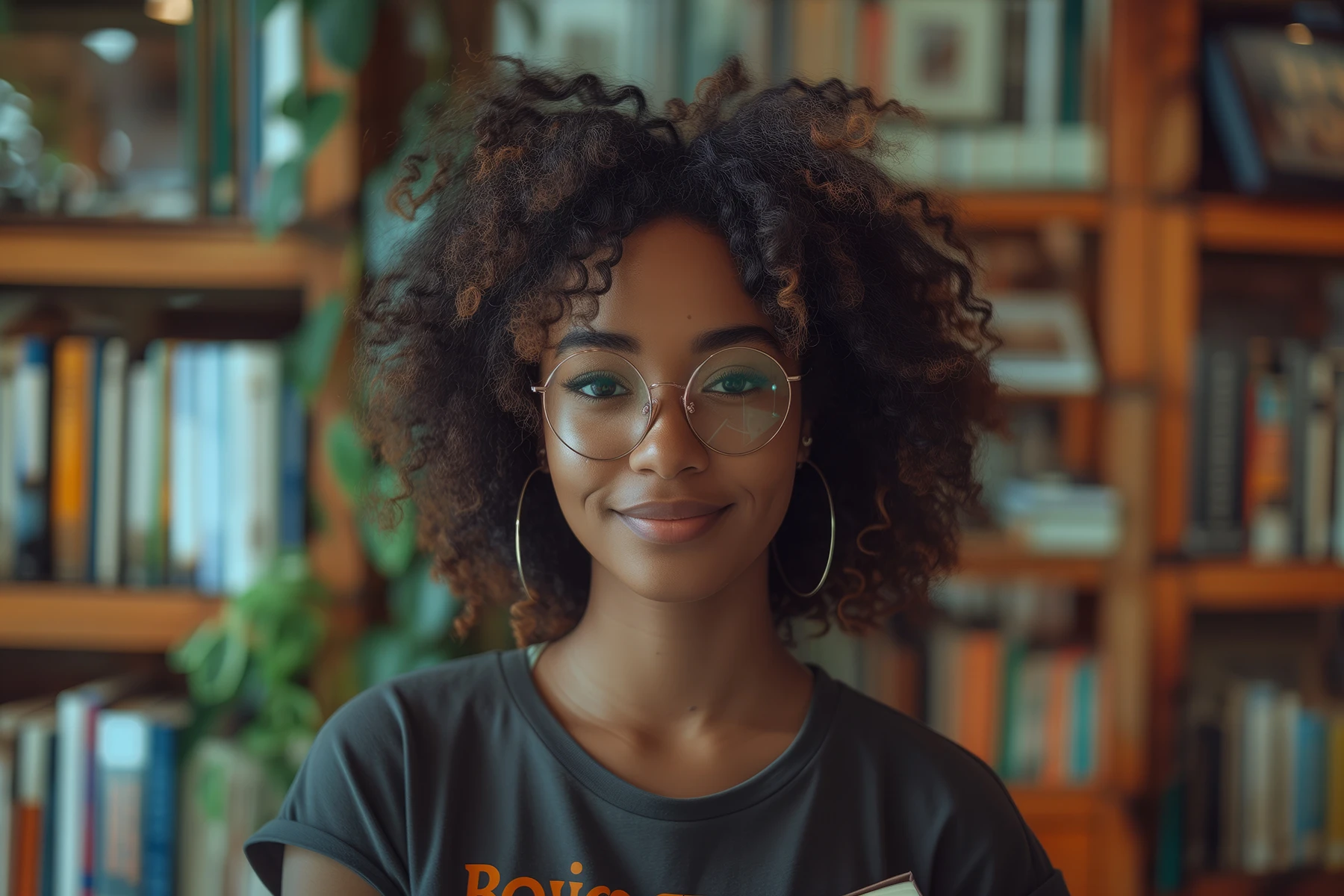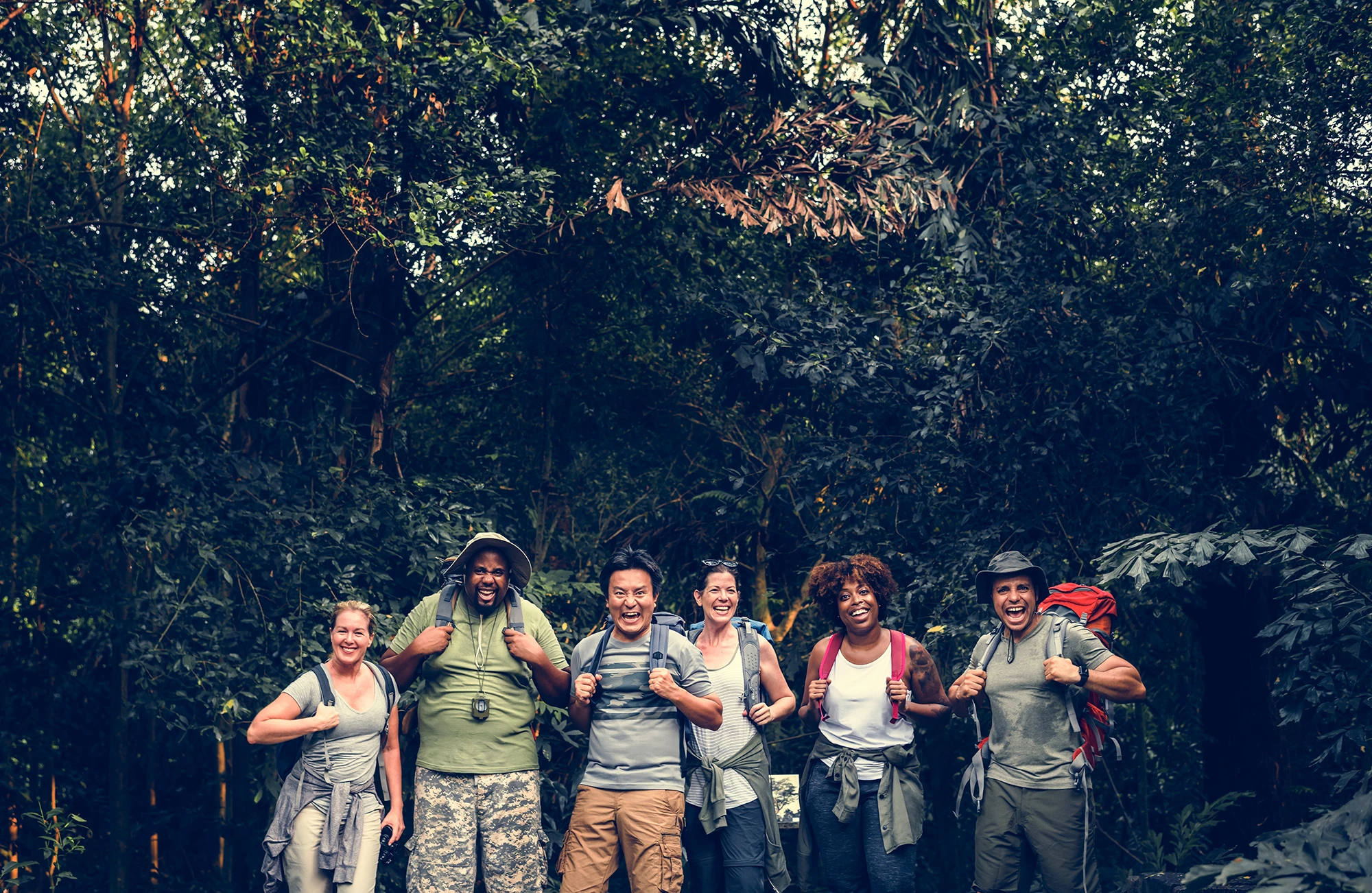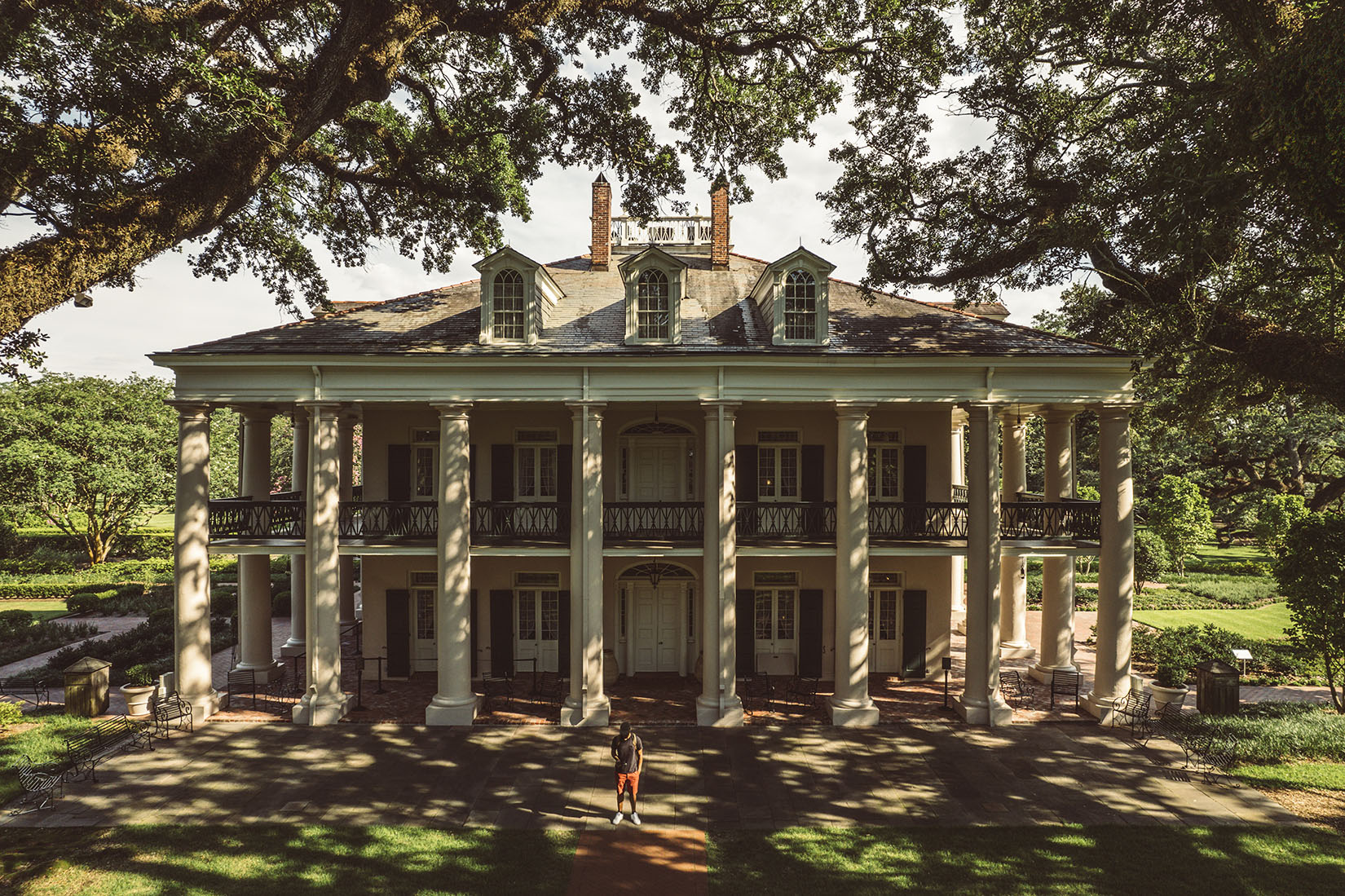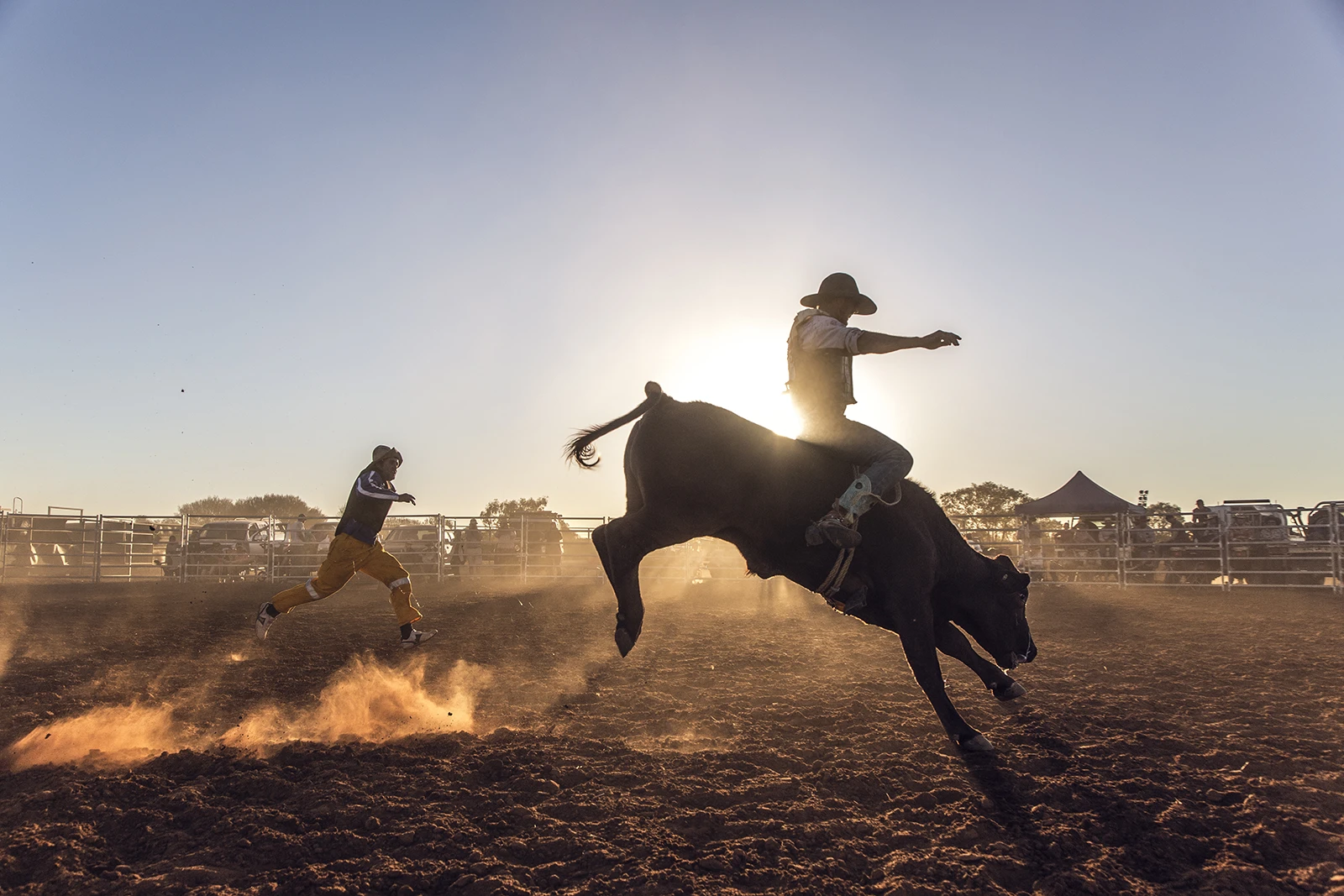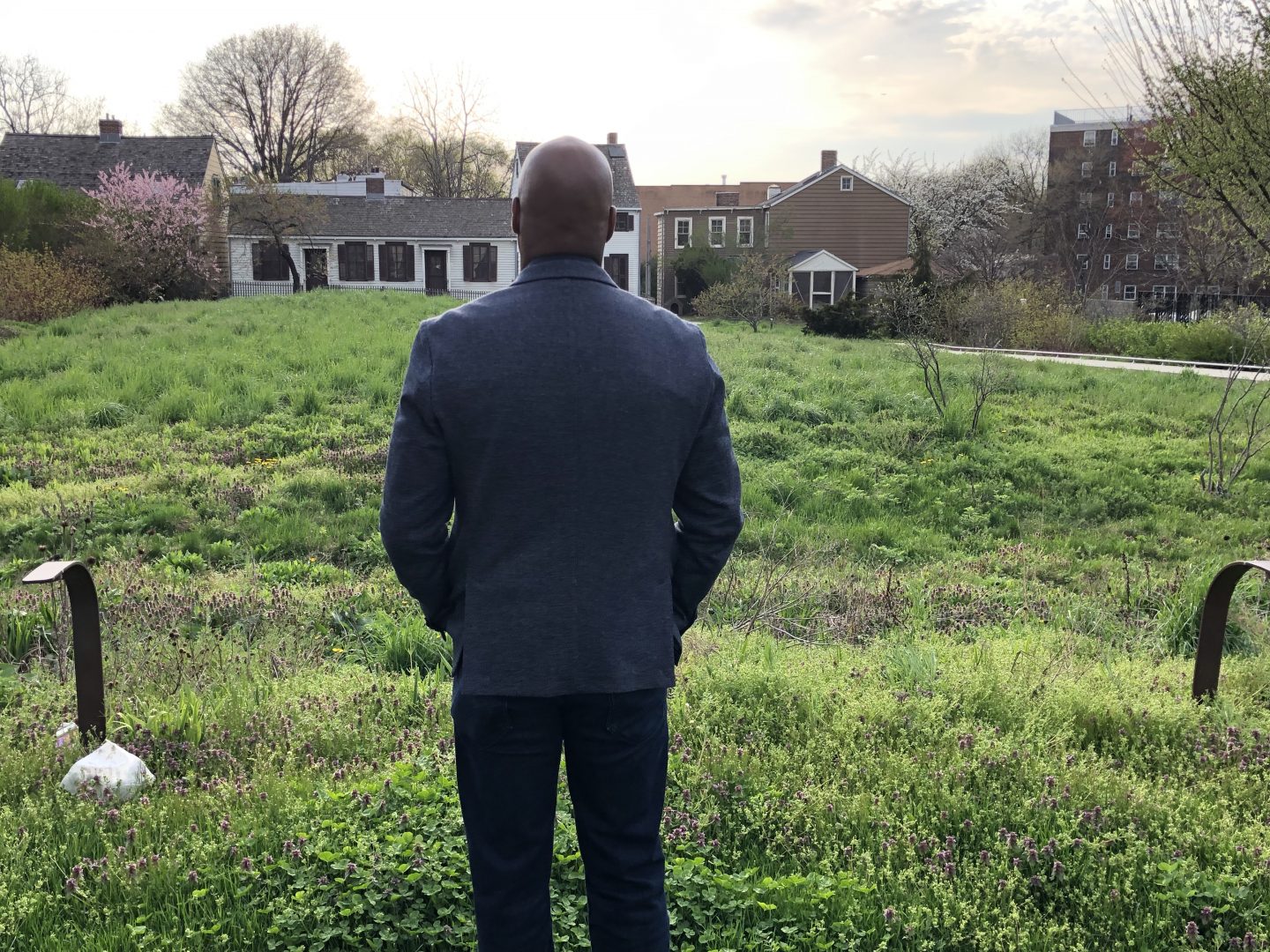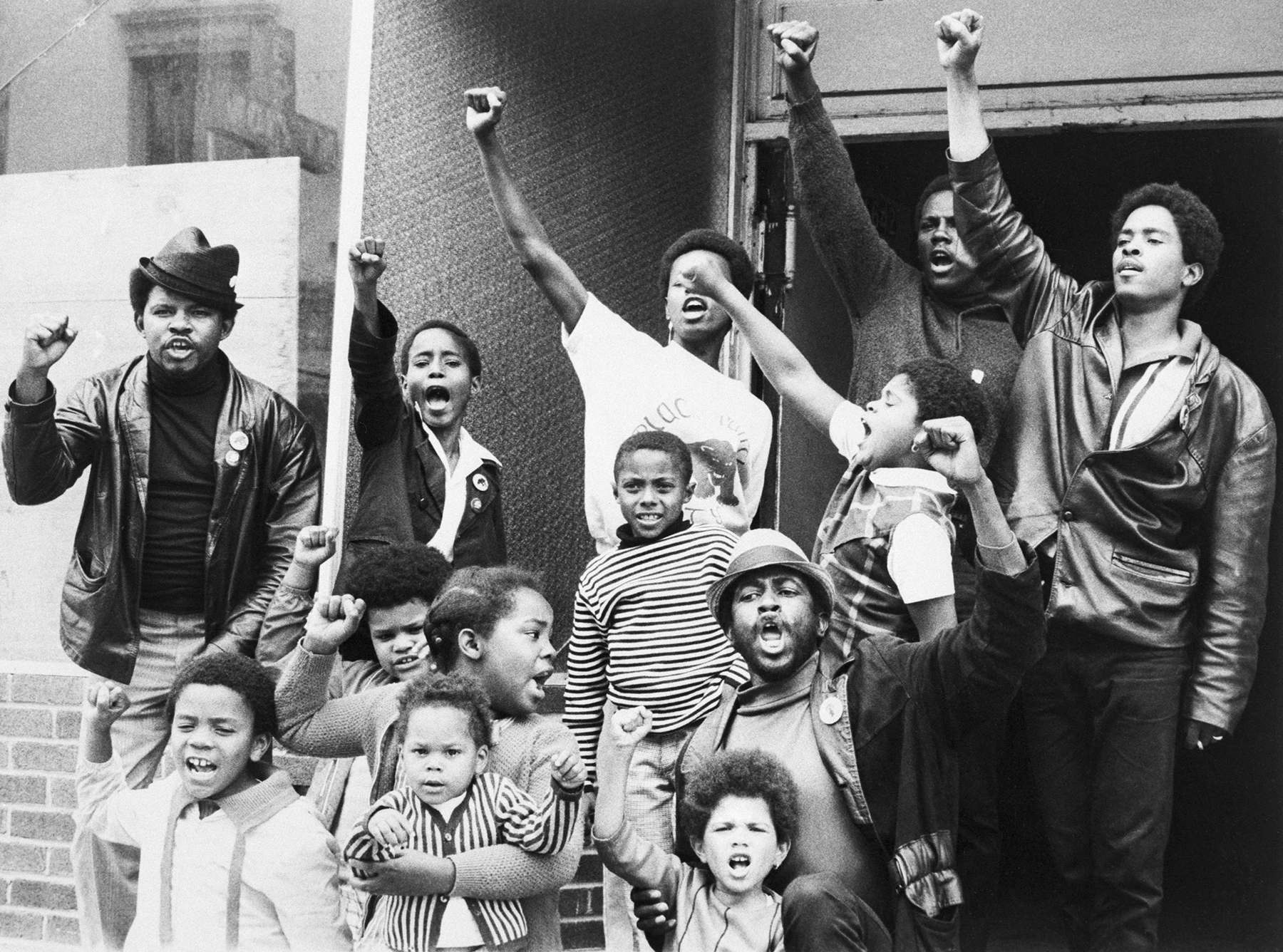
The Museums Celebrating Black Culture Every Day
By Jennifer Douglass
The Black community’s cultural influence over society in the U.S. is as vast as the land itself. Sometimes hidden, but increasingly revealed, there are a variety of museums and institutions across the country that honor Black contributions old and new, across a multitude of industries. Whether you’re traveling through the northern or southern parts of the country, we pulled together eight museums to visit that pay tribute to the Black experience in America.
The birth of musical genres are often a result of contemporary societal trends and cultural shifts. But the crossover to mainstream media and the passage of time can fade all memory of musical origins. The Universal Hip Hop Museum in the Bronx is on a mission to celebrate and preserve the history of local and global hip-hop music and culture to inspire, empower, and promote understanding. To follow through on this, a few of the genre’s greats—think: Nas and LL Cool J—banded together with museum founder Rocky Bucano to create a space to ensure that its musical legacy goes down in history.
With more than 30,000 artifacts in its immersive collection—including radio recordings from the ‘90s, BBoy Document magazine archives, and a vast photography collection—the museum works to ensure the history and future of the music remains a part of the culture that created it, in the very town that gave birth to it.
The Gullah Museum is dedicated to Gullah Geechee heritage, a unique blend of traditions passed down from cultures originated in West and Central Africa. The Gullah community is known for its Lowcountry food, sweetgrass basket weaving, story quilt making, and distinct knowledge of rice farming that has been passed down through generations.
Museum founder Vermelle “Bunny” Smith Rodrigues was a native of the Georgetown area who instilled the history and language of her culture in her children. Her focus on embracing her roots turned her into a storyteller who used skills that were passed down to her through generations to create her famous family history quilts, which hang in the museum. (Former First Lady Michelle Obama is a proud owner of one of these quilts.) Today, her husband keeps her storytelling legacy at the museum alive, with exhibits that educate visitors from around the world on Gullah culture. Expect to learn about open-land Geechee cowboy culture, rice culture, low-country history, and more.
If there is one bond that binds Black women across the diaspora, it’s their hair. Black women have a special relationship with their crown and the Black Hair Experience Museum pays homage to Black hair in all its forms, whether pressed, permed, natural, braided, or blown out.
The founders, Alisha Brooks and Elizabeth Austin-Davis, teamed up with Black hair care brand Wakati to create 15 installations at the D.C. location and 12 at the Atlanta location. Bright, colorful exhibits that are made of everything from hair rollers to strings of hair beads used in hair braiding are carefully curated to celebrate the Black hair experience in a unique and fun way. As you move through the exhibits, it’s all about the selfies and celebrations. In addition to the two main locations, the Black Hair Experience Museum also designs pop-up exhibits across the country.
Much of the Black experience in America is never taught in classrooms and is often obscured from the public in general. When these stories are brought to life, they often bring with them disbelief and shock—this is the case for the history of Black Wall Street. In this museum, the history of this once-thriving Black community in Tulsa comes to life, bringing its full story out of obscurity.
Broken into three sections—Introduction & Content Warning, Systems of Anti-Blackness in America, and the Tulsa Race Massacre—the captivating experience uses a combination of static exhibits, film, holographic effects, and life-sized models to recreate the grandeur of this successful community. The exhibit’s films use voices of survivors and witnesses retelling their experience of the attack by land and air as images are projected on a multi-level screen.
If you find yourself traveling deep in the heart of Texas—the Houston suburb of Rosenburg, to be exact—pay a visit to a museum focused on the lives of Black men whose lifestyle was whitewashed out of the history books: the cowboy.
Founder of the museum and former country western singer Larry Callies explains that the term cowboy was originally reserved for Black men who worked the cows on the farm, while white men who held a similar position were referred to as cowhands. Dedicated to the cowboys of the South and the West, the museum shares the stories of Black cowboys and examines artifacts from the early 1800s during the two-hour guided tour. Among the tales, you’ll hear the story of Callies’ uncle Willie, a Black cowboy born in 1919, and Bass Reeves, who Callies claims was the inspiration for the popular television show The Lone Ranger.
History usually tells the tale of the most visible people involved in a movement, while memories of those running operations behind the scenes tend to fade. Longtime Oakland resident Jilchristina Vest made it her mission to honor a group of women whose efforts deserved preservation. The result was the Women of The Black Panther Party Mural and museum.
The 2,000-square-foot mural designed by local artists covers one side of Vest’s home in West Oakland, depicting the role of women in the Black Panther organization and illustrating the 60 Community Survival Programs they started, including the free lunch program that was later adapted as a national model for school children. The mural also incorporates the names of the women who played vital roles in the organization into the design. Make an appointment to learn more at the Black Panther Oakland Museum, a 1,000-square-foot exhibit installed on the first floor of Vest’s home.
Vest emphasizes the importance of this space in a neighborhood that is—like most of Northern California near Silicon Valley—rapidly gentrifying. The mural is so unapologetically huge that you cannot help but look up to Black women, simultaneously providing a sense of pride for the entire community. The mural and museum exhibit have attracted thousands of visitors since their completion in 2020 and 2021, respectively.
Created by Drs. Elmer and Joanne Martin in 1983, the National Great Blacks in Wax Museum is the only museum of its kind in the United States. The space is dedicated to African American history by memorializing more than 150 prolific Black figures and historical moments in wax.
The wide breadth of history and culture covers every subject: inventors, scientists, religious and movement leaders, sports, politics, and leaders in business. Prepare yourself for the slave ship exhibit—it’s an unforgettable and powerful experience. The close quarters and sounds leave you with chills.
The museum averages close to 300,000 visitors per year and is located inside a former fire station in the heart of East Baltimore. While many have tried to encourage Dr. Martin to relocate the museum out of the neighborhood and into a tourist district, the museum has proved time and again that people will travel from near and far to experience this unique attraction.
There is one museum on this list that simultaneously encompasses the new and the old, the obscure and the mainstream. The National Museum of African American History has won awards and recognitions for both its architecture and exhibit design—and the museum is as visually stunning as it is detailed and informative.
To date, the museum has collected more than 40,000 artifacts, covering history from indentured and chattel slavery through modern times. The museum journey is intended to be experienced from the lower level, where your history lesson begins with slavery. There you’ll learn about the daily lives of enslaved people and the wealth their enslavement created for America. As you rise, so does the narrative of Black history. Events and artifacts range from the seemingly mundane—like a pair of Run DMC Adidas sneakers—to the historic lunch stools and counter from Greensboro, NC. Niche collections from the now-defunct Black Fashion Museum showcase the work of acclaimed designer Ann Lowe and the famous costume designer for the Wiz, Peter Davy.
Here’s a pro tip: wear comfortable shoes and, if you can, make it a two-day trip. The museum is filled with so much detail it’s difficult to take it all in with a single visit.
Author
-
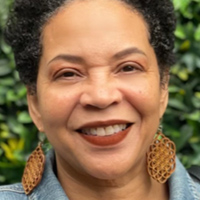
Jennifer J. Douglass is a freelance writer and content provider with years of experience in the travel, tourism, and convention industry. She has a penchant for uncovering and highlighting the narratives of those indigenous to the places she covers. She is an astrology buff who also enjoys studying and writing about cosmology and astrocartography.
View all posts
Book An Experience
Melanin Miami
Discover Miami's African American heritage on the Melanin Miami Tour, a exploration of cultural landmarks and Black-owned businesses.
Share this article
Discover Sepi Stories

-
8553 N Beach Street Suite 138
Ft Worth, TX 76244
- Become a Vendor
- Home
- My Passport (Coming Soon)
- Book Experiences
- Edit Profile
- Login
- Logout
Support
- FAQs (Coming Soon)
- Phone: 641-754-0072
- Email: contact@rfc.jfk.mybluehost.me
- Sitemap
- Privacy Policy
- Terms & Conditions
- Non Discrimination Policy

-
8553 N Beach Street Suite 138
Ft Worth, TX 76244
- Become a Vendor
- Home
- My Passport (Coming Soon)
- Book Experiences
- Edit Profile
- Login
- Logout
Support
- FAQs (Coming Soon)
- Phone: 641-754-0072
- Email: contact@rfc.jfk.mybluehost.me
- Sitemap
- Privacy Policy
- Terms & Conditions
- Non Discrimination Policy
Sepi LLC © All rights reserved 2024.

